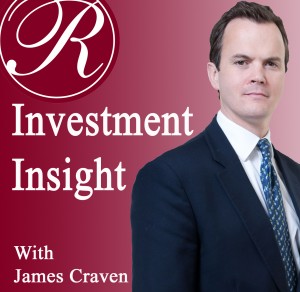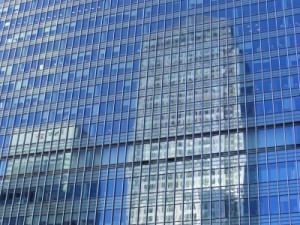26th May 2015
Investors can have confidence in commercial property
 With increasing business confidence comes a growing appetite for commercial property investment. Businesses are investing, the economy is growing and that is translating to greater occupier demand.
With increasing business confidence comes a growing appetite for commercial property investment. Businesses are investing, the economy is growing and that is translating to greater occupier demand.
Current affairs rarely have a big impact on property and, as we’ve predicted in earlier blogs, the recent UK General Election has had little impact. In fact, the small majority gained by the Conservative Party means we can expect a similar approach to the previous five years and that has bolstered investor confidence.
In this blog, I look at the overall investment picture and ask what’s in store for commercial property investors for the rest of 2015.
Property investment on the rise
With political stability, more jobs, the UK briefly slipping into deflation and real term wage rises, we are seeing a rise in consumer spending and that is translating to further confidence in the economy.
Research shows occupier demand is rising at the fastest pace in 17 years and that is fueling rent growth – offices are up 6% year on year, industrial rents have grown 3.9% and retail is also up 3.2%.
Investment enquiries are also soaring. Overseas investors are pouring equity into the UK as a result of continuing overseas instability. The institutional funds and private equity investors have also moved heavily into commercial property again.
All property annual total returns have edged down to 17.9% – a 1% drop since the start of the year. This can be attributed to a smaller yield impact as capital value growth slows. However, while capital value growth has slowed, rents are rising fast – soaring to 3.6% in April, from 1.3% at the same time last year. This is the highest rental growth value since 2007.
Competition for investment opportunities is growing

In principal this is all still good news for the UK investment market. However, years of developer inactivity have taken their toll and supplies of quality stock are diminishing fast. The result is a big increase in competition and pricing.
While most overseas investors and funds had concentrated on London and the South East, the market has now become overheated and they are looking to the UK regions and secondary stock as they hunt for higher returns.
The big institutional funds are now everywhere and are arguably overpaying for everything as they bid to deploy capital and gain exposure.
The result of this is hardening yields. Cushman and Wakefield say the All Property average prime yield has now hardened by 9bps to 4.92% this year. The largest compression was seen in the office sector, while industrial yields were stable.
Investors may have to take more risks to gain exposure and a competitive return
What this means is that investors may have to take more risk if they want to match the returns they have seen over the past five years.
Just a year ago, you could buy 10 year leases to quality tenants in grade A located buildings for 7%. This is now 6% and that means investor expectations have to shift and more confidence has to be placed in the improving occupier market. Long leases are almost none existent and where they are available, the returns are struggling to look attractive as they are purely being driven by the lack of available investment stock.
Investors may now need to look at investments with unexpired short and medium leases but with very good reletting prospects to mitigate the risk of a void income. The downside of this is that the capital value of the property will decrease as the lease length shortens, but if the location and rental level are right, investors stand to benefit from capital growth once a new long lease and rent has been restructured. The income returns applicable to these investments are usually 7% – 8%.
The greatest risk is always a tenant default, tenants not renewing their lease or having to agree to soft terms in order to maintain occupation. However, quality bricks and mortar will always mitigate against these risks.
Minimising investment risk
As always, it’s important that investors are always looking at their exit. Many will consider keeping an asset as it’s still difficult to know where else to put your money. However, you have to take a profit while you can and then look at other opportunities. Too many investors were caught in the trap of holding assets when the recession hit. These assets have since performed poorly and investors have been forced to accept unfavourable terms to retain their tenants.
The investment landscape is evolving, but risk can be minimised by backing up every decision with data, research and analysis. Look at the yields in the area and for the sector, look at all the variables and then secure the right deal.
2015 will be a year of increased risk for investors, but they should draw confidence from the burgeoning economy and can look to a prosperous future in property.
